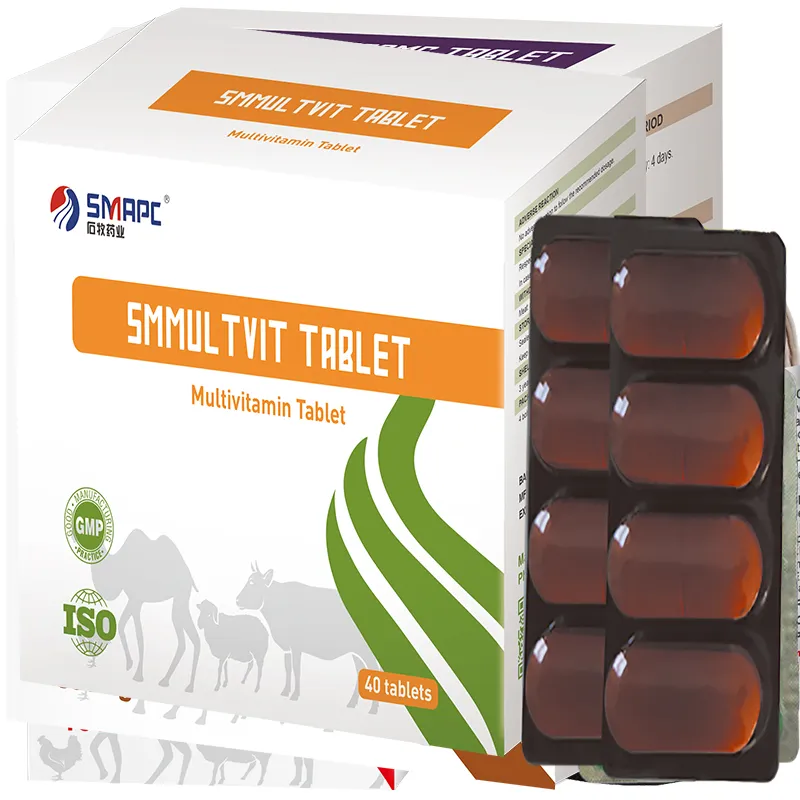While multivitamins offer numerous benefits, it’s vital to use them correctly. Over-supplementation can lead to toxicity in cats, particularly with fat-soluble vitamins like A, D, E, and K. Symptoms of vitamin overdose can include lethargy, vomiting, and even more severe health problems.






